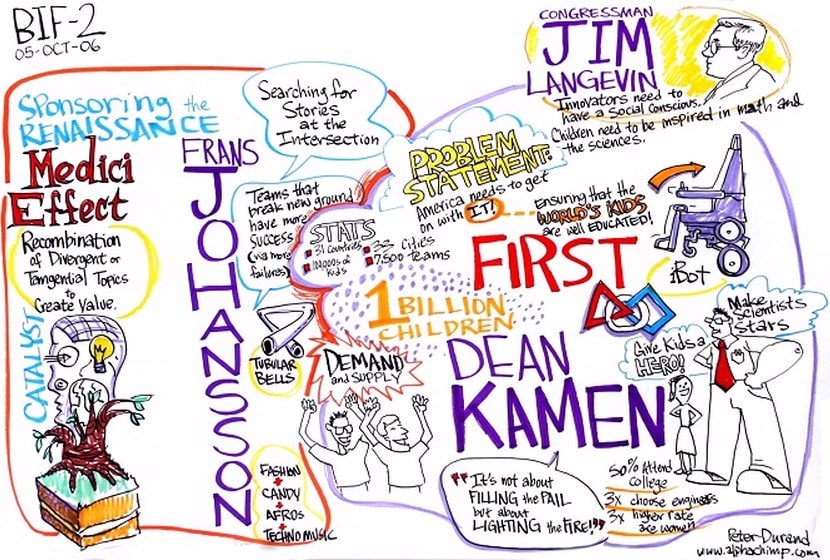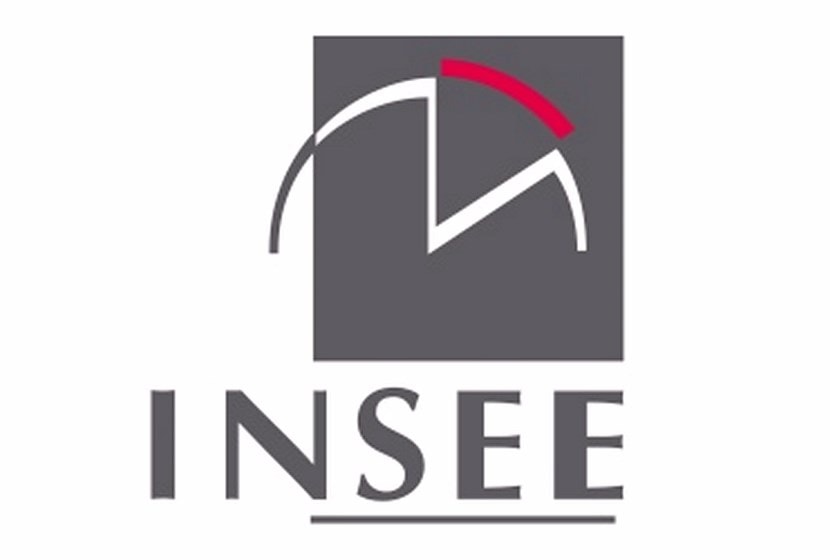In the current economic context where resources devoted to innovation are under pressure, companies are seeking to pool their R&D spending with partners by launching collaborative innovation projects, whether with their suppliers, customers, or even competitors.
Setting up this type of project is not without its difficulties. The audit and consulting firm PwC, in partnership with INPI, has conducted a survey on collaborative innovation which shows that while it responds to an obvious competitiveness issue for companies, it is not always easy to implement, particularly in terms of intellectual property management. It is even more difficult to work with public bodies or with one's own competitors.
SMEs, which face specific difficulties, have nevertheless planned to quadruple their spending on collaborative innovation.
Collaborative innovation, the new solution for companies to improve their competitiveness at lower cost
Today, innovation is a priority for all companies. Fast-growing industries generally have a higher R&D/Sales ratio (~20% in Biotech) than mature industries (~2% in Textile).
However, more than the level of investment, it is the way in which the innovation process is conducted that can generate better business performance. The R&D/Sales ratios for the mobile terminal activity of Apple (iPhone) and Nokia (all phones), whose sales are comparable in this area, are a good illustration of this point (~2.6% versus 13% respectively).
To optimise their investments, companies are now turning more towards collaborative innovation, whether they are large groups or innovative SMEs.
According to Jean-Christophe Saunière, PwC Partner, "Our survey reveals that the majority of companies surveyed (63%) spend between 0 and 25% of their R&D spending on collaborative innovation. We expect a strong increase, since in five years' time, 45% will be spending between 25 and 50% of their expenditure on collaborative innovation. »
What share do collaborative projects represent in your R&D expenditure?

Innovate together, what for?
- Access to complementary skills or know-how is the first objective stated by the respondents. In this case, the majority of actors turn mainly to research organisations or universities.
- For 33% of the survey respondents, the use of collaborative innovation responds to the desire to develop new products or conquer new markets in order to acquire the necessary experience more quickly. On this point, the entire ecosystem is solicited in a homogeneous way, with a slight preference for start-ups and SMEs allowing them to innovate with agility.
- Finally, the reduction of the "Time to Market" represents a strong challenge for 20% of the respondents. Companies, whether start-ups, SMEs or large groups, are more popular for their responsiveness.
- Finally, it is the large groups that are mainly called upon to share the costs and risks associated with R&D.
"Companies want to innovate together to share financial risks, to use skills from outside the company, and thus be able to propose an offer adapted to their new international markets, for example. In this context, the most successful players in collaborative innovation are those who know how to assess the risks and benefits of sharing their knowledge, as well as how to formalise and share a clear ambition," says Jean-Christophe Saunière, PwC Partner. "Their strategy of openness is designed for the long term and responds to measurable objectives. »

It is difficult to innovate with research organizations and competitors.
Divergent interests and objectives, different cultures, these elements are all obstacles that can make it difficult to negotiate an agreement between partners.
- 73% of "large group and ITE" survey respondents find negotiations with public research organizations to be lengthy and laborious.

Historically assessed on their level of publication, public research organisations have gradually entered a logic of measuring their performance by the number of patents filed. More recently, it is even their ability to add value to these patents that has become an objective for many of them. Poorly prepared for this rapid change in culture, with a few exceptions, these organizations often have difficulty in negotiating satisfactory and rapid agreements with industrial partners. Negotiation time is the main obstacle noted by large companies, one of whose critical objectives is to be able to quickly bring the fruit of their innovation to the market. Negotiations often stumble on the issue of freedom to operate and the amount of future repayments to be envisaged for each partner.
- 70% of "SME" survey respondents find negotiations with public research organizations as long and arduous as with "large groups".

For SMEs, negotiating an agreement with a large group seems as difficult as negotiating an agreement with a public research organisation. In both cases, the cause can be attributed to a difficulty in agreeing on the real market potential of the innovation, and therefore on the amounts of future exploitation royalties. It is true that there is often still a great deal of effort and time to be devoted to industrialising the product of an innovation, which makes its future economic assessment difficult without a thorough knowledge of the markets. Not all innovations are golden eggs when confronted with the realities of a future market.
- Collaboration between competitors is equally complex.
For 76% of the respondents, an agreement between competitors is long and laborious. An opinion shared by 61% of the large groups surveyed, and 33% of SMEs and start-ups. Indeed, sharing sensitive information seems to be very difficult to envisage with this type of partner.
However, these partnerships do work in some cases:
- when the target markets present a need for standardization to develop (e.g. Electronics, IT);
- when a risk common to the actors of an industry can be identified and become federating (e.g.: food industry - see the UNIR case present in the study);
- when players see a significant loss of their innovative product portfolio and do not have the means to quickly rebalance it (e.g. pharmaceutical companies).
Jean Christophe Saunière analyses "It is sometimes easier to agree on innovative work to deal with a common risk than to work together on projects to develop new products. When the objective and the stakes are shared, the risk is perceived as being under control for everyone and the benefit is better understood by each partner. »
How can we innovate together? Each sector of activity has its own answer...
Depending on the sector of activity (Health, Automotive, Telecom, Energy), the stakes are different and have an impact on the methods of implementation of collaborative innovation. For example, in the Automotive or Aerospace sectors, which are positioned as integrators, co-design with suppliers is favoured, while in Healthcare, the common challenges mean that pharmaceutical companies, despite being competitors, are joining forces to develop certain products in targeted markets. As for the software market, which is culturally very open and short cycle, it calls on innovation platforms (Open source) and crowd sourcing.
SMEs will quadruple their collaborative R&D spending within 5 years
What share do collaborative projects represent in your R&D expenditure? (SME and startup respondents only)

Today, 83% of respondents working in SMEs estimate that collaborative projects account for between 0% and 25% of R&D expenditures. It is in these companies that these collaborative projects are expected to experience the strongest growth over the next five years, since 67% of SMEs and start-ups will devote 25% to 75% of their R&D spending on collaborative projects, an increase of nearly 300% compared to today.
However, the difficulties are greater for SMEs and start-ups, since their relationship to time is still shortened and not very compatible with the structured processes of a large group. Cycles and decision making are faster in an SME. Moreover, identifying the right partner is more difficult for an SME, which rarely has a team in charge of innovation and partner identification. This identification work is a key step in the collaborative innovation process.
"A relationship of trust must be established so that start-ups are no longer afraid of being dispossessed of their knowledge," concludes Jean-Christophe Saunière.
Methodology
Study carried out through qualitative interviews with around fifty public (research centres, laboratories, clusters, etc.) or private (start-ups, SMEs, large groups, etc.) organisations from a variety of industries: aeronautics, aerospace, defence, food processing, energy, health, services, ICT, transport. These qualitative interviews were supplemented by a quantitative online study. The statistics that are presented are based on the results obtained from a panel of 80 public or private structures.
About PwC
In France, PwC develops audit, public accounting and advisory engagements that create value for its clients, focusing on sector-specific approaches. More than 180,000 people in 158 countries across the PwC network share ideas, expertise and innovative perspectives to the benefit of service quality for their clients and partners. PwC's French member firms employ 4,000 people in 25 offices.
"PwC" refers to the PwC Network and/or one or more of its member entities, each of which is a separate legal entity. For more information, please go to www.pwc.com/structure
{Jacuzzi on}










